The Importance of ANSI Compliance in Safety Apparel
In industries where workers are exposed to potential hazards—such as construction, transportation, and emergency response—visibility is one of the most critical factors in ensuring safety. As the demand for safety apparel continues to grow, so does the need for compliance with safety standards that protect workers from the dangers of low-visibility work environments. Among these standards, ANSI (American National Standards Institute) compliance stands as a cornerstone for safety apparel in high-risk industries. This article explores the importance of ANSI compliance in safety apparel and how it contributes to reducing workplace accidents, improving worker protection, and promoting a safer, more productive work environment.
What is ANSI Compliance?
ANSI compliance refers to the adherence to safety standards set by the American National Standards Institute (ANSI) for protective clothing, specifically apparel designed to improve visibility in hazardous environments. ANSI standards define how reflective materials, colors, and design elements should be incorporated into safety apparel to make workers as visible as possible. These standards are vital for preventing accidents in jobs where workers are exposed to dangerous conditions, particularly in low light or night-time work environments.
The ANSI standards for high-visibility safety apparel are primarily outlined in ANSI/ISEA 107, which is the standard for high-visibility safety apparel and accessories. This standard provides guidelines on the use of fluorescent colors, reflective materials, and design patterns to enhance worker visibility. The goal is to ensure that workers can be easily seen by drivers, machinery operators, and others in their surroundings, significantly reducing the risk of accidents and injuries.
Why ANSI Compliance Matters
1. Worker Safety in Hazardous Conditions
The primary reason ANSI compliance is so critical in safety apparel is that it enhances worker safety. Workers in industries such as construction, road maintenance, and emergency response are often exposed to vehicles, heavy machinery, and other hazards. In these environments, workers need to be highly visible to prevent accidents, especially when working in dimly lit areas, fog, rain, or at night. ANSI-compliant safety apparel helps achieve this by using fluorescent colors and reflective materials to ensure workers can be seen from a distance.
Reflective stripes, which are a key component of ANSI-compliant apparel, bounce light back to the source, making the wearer visible even in low light or dark conditions. Without these elements, workers in such environments are at a much higher risk of being overlooked by drivers or equipment operators, increasing the likelihood of collisions, falls, and other accidents. ANSI compliance helps mitigate these risks and ultimately saves lives.
2. Reduction in Workplace Accidents
One of the most effective ways to reduce workplace accidents is to increase visibility. Numerous studies have shown that high-visibility apparel can drastically reduce the number of accidents in industries where visibility is a critical factor. By adhering to ANSI standards, employers can help ensure that their workers are adequately visible and protected.
For instance, construction workers wearing ANSI-compliant vests, jackets, or t-shirts are significantly less likely to be involved in accidents on the job site. In fact, some studies have reported that ANSI-compliant apparel can reduce workplace injuries by up to 30%. This is especially true in high-risk environments like road work zones, where workers are constantly exposed to fast-moving traffic and large machinery.
3. Legal and Regulatory Compliance
In addition to protecting workers, ANSI compliance is also a legal requirement in many jurisdictions. Government and industry regulations mandate the use of high-visibility clothing in certain work environments, and failure to adhere to these standards can result in hefty fines, penalties, or even the suspension of business operations.
For example, OSHA (Occupational Safety and Health Administration) in the U.S. requires employers to provide high-visibility clothing for workers in road construction zones and other high-risk areas. By ensuring that safety apparel is ANSI-compliant, businesses not only protect their employees but also avoid the risk of non-compliance with regulatory authorities. OSHA and other regulatory bodies require employers to adhere to ANSI/ISEA 107, ensuring that all workers are provided with clothing that meets the necessary visibility standards.
4. Enhanced Worker Comfort and Confidence
ANSI-compliant safety apparel is not only about visibility but also about comfort and fit. High-visibility clothing designed to meet ANSI standards is typically lightweight, breathable, and comfortable, which encourages workers to wear it regularly. Comfort is a key factor in ensuring that safety apparel is worn consistently, as workers are less likely to wear uncomfortable or restrictive clothing, even if it's safety-rated.
When workers are confident in their safety apparel, they are more likely to wear it throughout their shift, increasing overall protection. In many cases, workers appreciate the balance of safety and comfort that ANSI-compliant apparel provides, which is crucial in ensuring consistent usage.
5. Improved Productivity
Worker safety and productivity go hand in hand. When workers are well-protected and visible, they are less likely to suffer accidents that could lead to injury or lost time. ANSI-compliant safety apparel ensures that workers are not only visible to others but are also comfortable and confident in their attire. This, in turn, leads to fewer distractions, fewer health and safety incidents, and a more efficient workflow.
Additionally, the psychological benefits of wearing high-visibility clothing should not be overlooked. Workers who know they are visible and protected are likely to feel more secure and focused on their tasks, which can improve overall productivity and morale.
Key Features of ANSI-Compliant Safety Apparel
ANSI-compliant safety apparel is designed with specific features that contribute to visibility and safety. These include:
1. Fluorescent Colors
Fluorescent yellow, orange, and red colors are commonly used in ANSI-compliant apparel because they are highly visible in daylight and low-light conditions. These colors are designed to catch the eye and stand out against a variety of backgrounds, ensuring workers are easy to spot in any environment.
2. Reflective Materials
Reflective materials are a key component of ANSI compliance. These materials are strategically placed on clothing in the form of stripes or bands to reflect light from vehicles, machinery, or other light sources. Reflective materials allow workers to be seen from a distance, even in low light, which is especially important in environments like construction sites, roadwork, and emergency response situations.
3. Proper Sizing and Fit
The correct fit is another crucial aspect of ANSI-compliant apparel. Clothing that is too loose or too tight can hinder movement and comfort, potentially leading to accidents or discomfort. ANSI-compliant apparel is designed to fit well, ensuring both visibility and comfort for the wearer.
4. Durability
Safety apparel must be durable enough to withstand tough working conditions. ANSI-compliant workwear is often made from materials that are not only high-visibility but also resistant to wear and tear. Whether exposed to the elements, machinery, or constant movement, ANSI-compliant apparel is designed to endure.
How ANSI Standards Benefit Different Industries
Construction Industry
The construction industry is one of the most dangerous sectors, with workers often exposed to large vehicles, machinery, and moving equipment. ANSI-compliant apparel, including vests, jackets, and t-shirts, is essential to ensuring workers are seen by operators of heavy machinery and passing vehicles. By adhering to ANSI standards, construction companies can drastically reduce the risk of accidents and improve safety on the job site.
Road Work and Traffic Control
Road construction workers are at constant risk from fast-moving traffic. ANSI-compliant safety apparel is crucial for making workers visible to drivers, reducing the likelihood of accidents in construction zones and traffic control situations. Reflective vests, jackets, and other apparel help ensure that workers remain visible even in dim or low-light conditions.
Emergency Response Teams
Emergency responders, including firefighters, police officers, and paramedics, work in dangerous, fast-paced environments. ANSI-compliant apparel is essential for ensuring that they remain visible in high-risk situations, such as at accident scenes, on highways, or during nighttime operations. The ability to be easily seen by other responders, motorists, and civilians can save lives.
Conclusion
ANSI compliance in safety apparel is more than just a regulatory requirement—it's a vital component of worker safety, productivity, and confidence. By ensuring that safety apparel meets ANSI/ISEA 107 standards, employers can reduce the risk of accidents, protect workers in hazardous conditions, and avoid legal liabilities. ANSI-compliant apparel provides enhanced visibility, comfort, and durability, which in turn leads to fewer injuries, lower accident rates, and increased productivity.
For businesses operating in high-risk industries, investing in ANSI-compliant safety apparel is not only a wise decision—it's a necessary step toward fostering a culture of safety and responsibility. By prioritizing worker visibility and protection, employers can create a safer work environment, reduce risks, and contribute to the overall well-being of their workforce.
Shop Best Seller Shirts




Share:
How to Choose the Right Safety Vest for Your Team